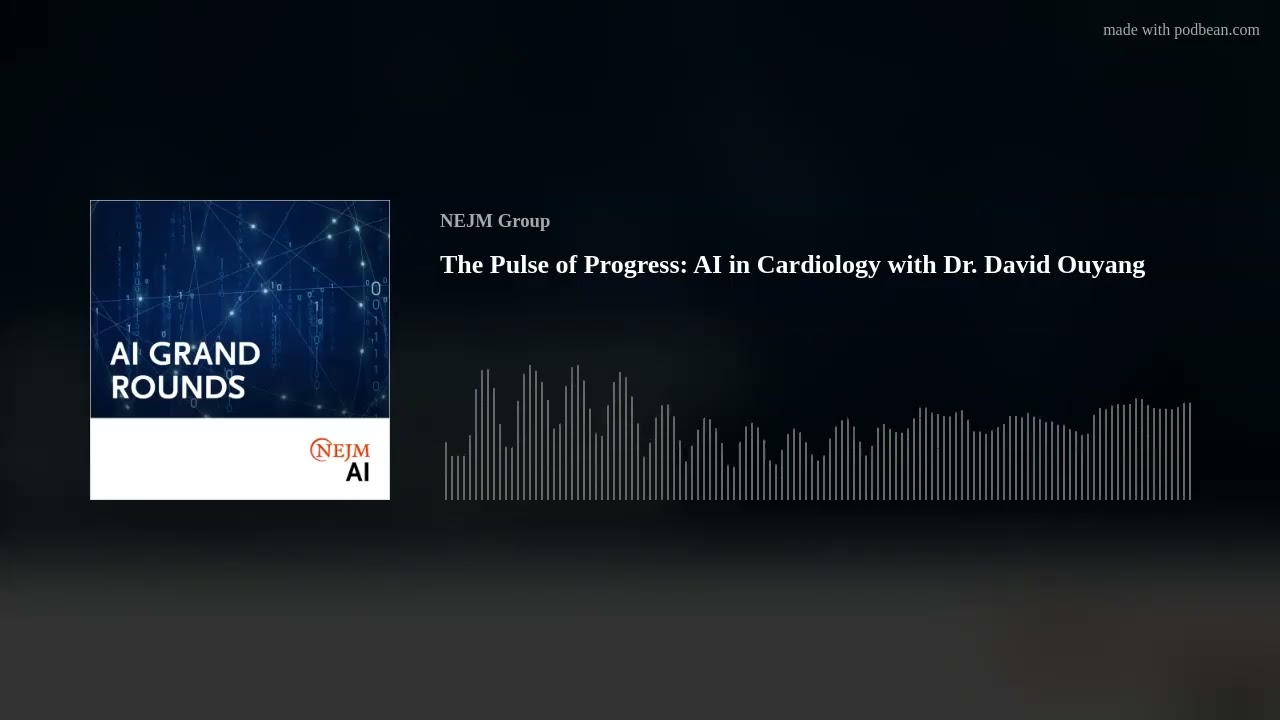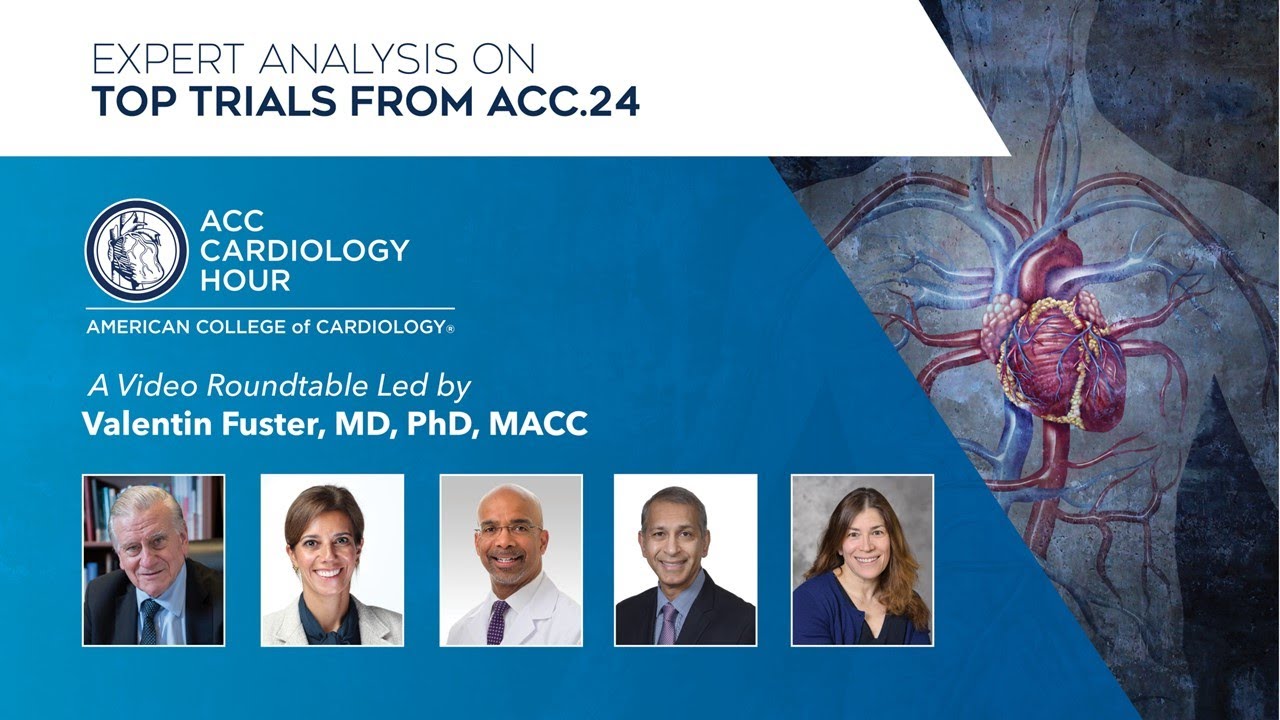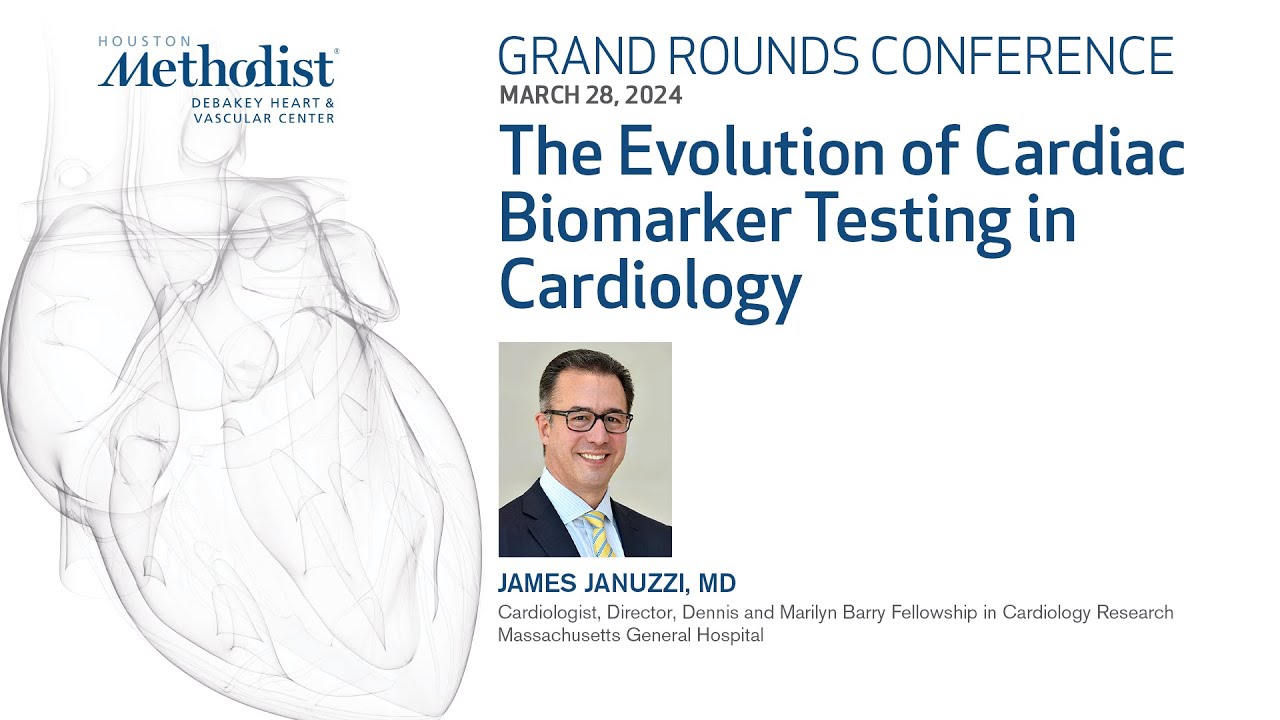NEW YORK (Reuters Health) – After catheter ablation, patients with obstructive sleep apnea (OSA) are more likely to experience recurrence of atrial fibrillation (AF) than are their OSA-free counterparts, California-based researchers report in an April 29th on-line paper in the American Journal of Cardiology.
Dr. Chee Yuan Ng told Reuters Health by email “OSA is well known to cause a myriad of negative impacts on cardiovascular diseases.” However, Dr. Ng and colleagues at Cedars-Sinai Medical Center, Los Angeles, note that the role of OSA in AF recurrence after catheter ablation is not so clear.
To investigate further, the team conducted a meta-analysis of 6 studies of catheter-based pulmonary vein isolation involving almost 4000 patients. Of these, 958 had OSA and 3037 did not.
During follow-up ranging from 7 to 32 months, the OSA patients were significantly more likely to experience AF (relative risk, 1.25).
Subgroup analysis showed that OSA diagnosed using polysomnography was a strong predictor of AF recurrence (risk ratio, 1.40). This was not the case when the Berlin questionnaire was employed for diagnosis (risk ratio, 1.07). However, inclusion of the latter group of patients did not influence the results.
The researchers point out that these studies were observational and thus “our analysis has demonstrated an association but not causality.” In addition, due to lack of data, there was no adjustment for such factors as body mass index, left ventricular ejection fraction, and different types of AF.
Another limitation they observe, is that continuous positive airway pressure (CPAP) therapy, which may reduce the incidence of AF in OSA patients after ablation, was not allowed for.
“This information,” they say, “calls for a randomized controlled trial evaluating the use of CPAP for patients with OSA after ablation.”
Summing up, Dr. Ng pointed out that “In our study, we demonstrated that patients with obstructive sleep apnea might be poorer candidates for atrial fibrillation catheter ablation procedure. Physicians should consider evaluating for OSA and weigh the risks and benefits of performing this procedure on OSA patients.”
Am J Cardiol 2011.






